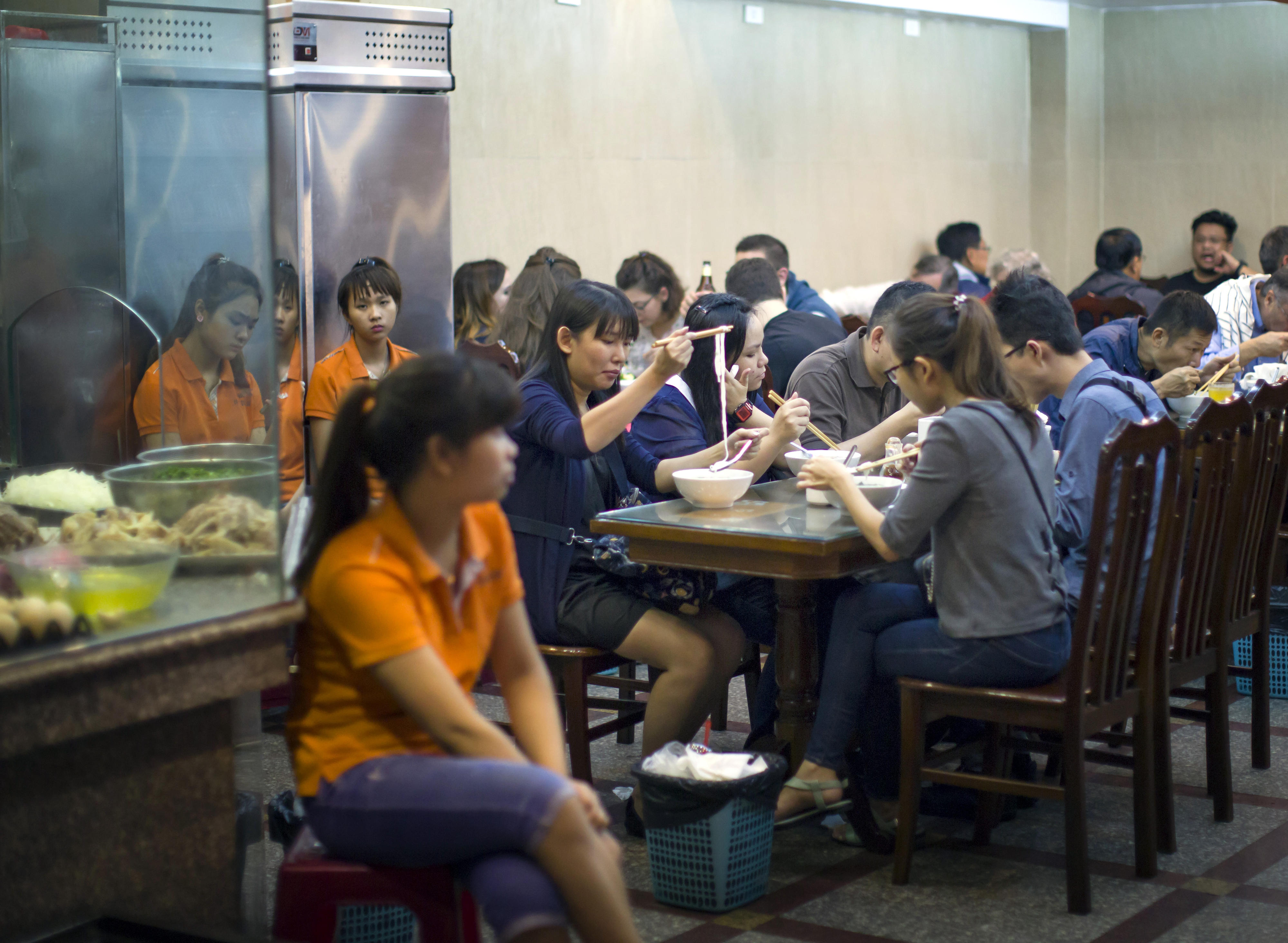A snack bar in Hanoi, Viet Nam
Copyright© Thomas Köhler/ photothek.net
Social situation Challenges for the Just Transition
Despite the progress, there are still regions with weak infrastructure, and population groups that tend to be marginalised, especially in rural areas. The plan to phase out coal is presenting additional challenges for mining regions. If the transition to climate-compatible economic activities and lifestyles is to be accepted by the public, that transition will have to be designed in such a way that marginalised groups, too, will benefit and people in economically weak regions will not lose out in the process towards more progress – it will have to be a Just Transition.
Ethnic minorities account for about 15 per cent of the population. They are disproportionately affected by poverty and malnutrition. They have less access to education and to quality farmland. There is also a digital divide between rural people – especially in mountainous regions – and the rest of the population.
Social protection system under development
Increasing urbanisation, the emergence of an urban underclass and the disintegration of traditional family structures are posing major challenges for Vietnamese society. Additional challenges might emerge as the country moves towards climate-compatible economic activities and lifestyles, for instance as a result of rising electricity prices and the loss of jobs in mining regions. This requires close analysis of the potential impacts, followed by appropriate responses, for instance labour policy and social policy measures and regional structural adjustment programmes.
The government has started to establish social protection systems. At this point, their capacity is still limited. In 2020, only about one third of all workers were covered by statutory pension insurance. The share for unemployment insurance was even lower, 27 per cent.
As at: 19/01/2024
